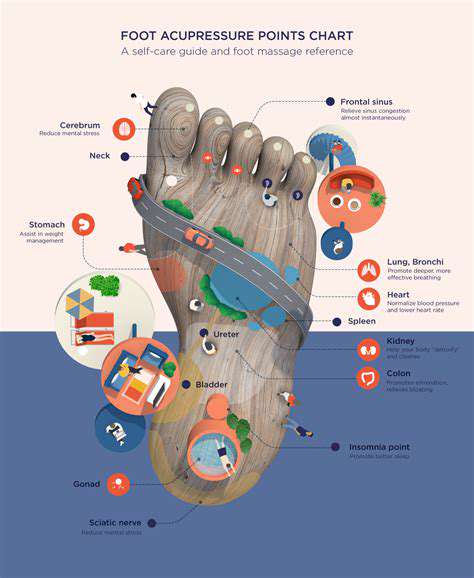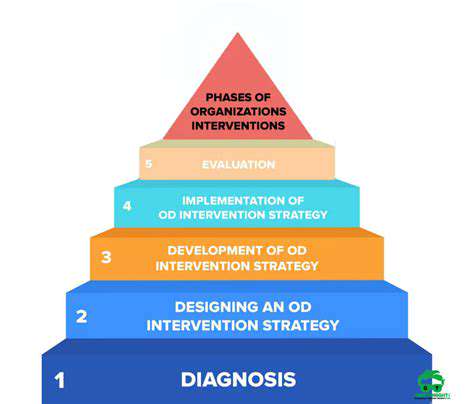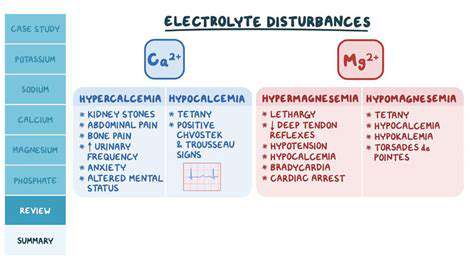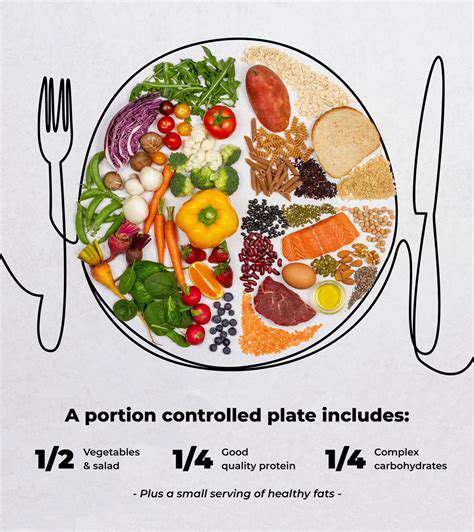Gua Sha for Facial Contouring: Natural Beauty

Understanding Lymphatic Drainage
Lymphatic drainage serves as a fundamental physiological process, involving an intricate web of vessels and nodes that actively eliminate metabolic waste and harmful substances from our system. This network isn't just about detoxification—it's the body's silent custodian of fluid equilibrium and immune defense. While this system operates automatically, modern lifestyles can sometimes hinder its optimal performance, making manual stimulation techniques particularly valuable.
Picture this biological network as nature's perfect sanitation system—constantly working behind the scenes to maintain our internal cleanliness. Unlike the circulatory system with its powerful heart pump, the lymphatic system relies on muscle movement and specialized drainage methods to keep everything flowing properly. When this system functions well, we experience it through reduced swelling, clearer skin, and improved overall vitality.
The Role of Lymph Nodes
Scattered strategically throughout the body like microscopic security checkpoints, lymph nodes serve as biological filtration plants. These small but mighty structures contain specialized immune cells that screen lymphatic fluid for potential threats—bacteria, viruses, and other unwelcome invaders. Their ability to identify and neutralize these pathogens makes them frontline defenders in our immune protection.
During periods of illness, you might notice swollen lymph nodes—this visible reaction demonstrates their tireless work combating infection. Beyond illness detection, these nodes continuously process lymphatic fluid, removing cellular debris and maintaining fluid purity throughout the body's tissues.
Techniques for Lymphatic Drainage
Specialized lymphatic massage employs gentle, wave-like motions that mimic the body's natural lymph movement patterns. Practitioners use feather-light pressure—typically no more than the weight of a nickel—to encourage fluid toward regional lymph hubs. What makes these techniques remarkable is their ability to reduce facial puffiness sometimes within minutes of application. The key lies in their rhythmic, directional approach that works with the body's natural drainage pathways.
Different modalities exist—from manual lymphatic drainage (MLD) developed by Dr. Emil Vodder to self-care facial drainage techniques. Each method shares the common principle of working gently with the skin's surface tension to facilitate fluid movement without causing tissue stress or discomfort.
Benefits of Lymphatic Drainage
The advantages of proper lymphatic function extend far beyond cosmetic improvements. Many report enhanced mental clarity following treatments, likely due to reduced inflammatory markers in the body. Athletes incorporate lymphatic work to speed recovery, while chronic condition sufferers find relief from persistent swelling. The therapy's gentle nature makes it suitable for various age groups and health statuses.
Clinical observations suggest lymphatic stimulation may improve skin conditions like rosacea and acne by removing inflammatory byproducts more efficiently. Some patients notice improved digestion, as the abdominal lymphatic network connects closely with gut health. These wide-ranging benefits demonstrate how optimizing lymphatic flow influences multiple body systems simultaneously.
Addressing Puffiness and Swelling
Morning facial puffiness—that familiar sleep face—often results from slowed nocturnal lymphatic circulation. Seasonal allergies, high-sodium diets, and even sleep position can exacerbate this fluid retention. Lymphatic drainage offers a drug-free solution that works by physically encouraging fluid movement toward functional drainage points behind the ears and along the neck.
For chronic swelling issues, consistent lymphatic care can create lasting improvements in fluid dynamics. Many patients report needing fewer treatments over time as their body learns improved drainage patterns. This educational aspect makes lymphatic work particularly valuable for long-term wellness strategies.
Safety Considerations
While remarkably gentle, lymphatic techniques require specific contraindication awareness. Areas with active infection, recent surgery, or blood clots should be avoided. Qualified practitioners always begin with a thorough health history review—this step is non-negotiable for safe treatment. Proper technique avoids heavy pressure that could damage delicate lymphatic vessels.
At-home tools like lymphatic brushes or rollers can complement professional care when used correctly. However, improper use may cause bruising or reverse the desired fluid movement. When in doubt, consulting a certified lymphatic specialist ensures you receive appropriate guidance tailored to your unique physiology.
Beyond Contouring: Additional Benefits of Gua Sha for Facial Health
Stimulating Collagen Production
Gua Sha's unique gliding movement creates beneficial microtrauma at the cellular level, triggering the body's natural collagen synthesis response. This isn't about wounding the skin—it's about creating optimal conditions for skin renewal. Over weeks of consistent practice, this stimulation can lead to visibly improved skin density and resilience.
The beauty of this collagen boost lies in its gradual, natural progression. Unlike injectable treatments that provide immediate but temporary results, gua sha encourages sustainable skin improvements through regular stimulation of the skin's regenerative capacities.
Lymphatic Drainage and Detoxification
When performing gua sha correctly, you're essentially giving your face a lymphatic tune-up. The stone's edge creates gentle negative pressure that helps dislodge stagnant fluid from facial tissues. This explains why many users notice immediate brightness after treatment—it's the visual effect of improved fluid circulation and oxygenation.
For those struggling with chronic sinus congestion or allergy-related facial swelling, gua sha's ability to encourage drainage along specific facial meridians can provide noticeable relief. The key lies in following anatomical pathways that mirror the face's natural drainage routes.
Improved Circulation and Muscle Relaxation
The warming effect you feel during gua sha isn't just surface-level—it represents genuine circulatory enhancement reaching deeper tissue layers. This increased blood flow nourishes facial muscles that often hold tension from daily stress. Many users report headache relief, particularly from tension patterns originating in the jaw and temples.
Regular practitioners often notice improved facial mobility over time—a subtle but significant benefit for those who unconsciously hold tension in their expressions. This muscle relaxation contributes to a more rested, open facial appearance regardless of actual sleep quality.
Enhanced Facial Contour
While gua sha won't reshape bone structure, its cumulative effects on tissue quality create subtle contour enhancements. By reducing fluid retention and improving muscle tone, the technique helps reveal the face's natural architecture. Many users notice improved definition along the jawline and cheekbones after several months of consistent use.
This contouring effect works best when combined with proper hydration and overall wellness practices. Think of gua sha as helping your face present its best possible version of itself, rather than creating artificial changes.
Reducing the Appearance of Fine Lines and Wrinkles
The anti-aging benefits of gua sha stem from multiple mechanisms working together. Improved hydration from increased circulation plumps fine lines, while collagen stimulation strengthens the skin's foundation. The manual exfoliation aspect promotes smoother texture without abrasive scrubbing.
Interestingly, many long-term users report their skin develops a different quality—not just younger-looking, but more resilient to environmental stressors. This suggests gua sha's benefits may extend beyond cosmetic improvements to genuine skin health enhancement.
Addressing Specific Skin Concerns
Gua sha's versatility shines in its ability to target problem areas with customized techniques. For acne-prone skin, modified pressure and specialized strokes can help reduce inflammation without spreading bacteria. Those with pigmentation issues may benefit from improved circulation helping disperse melanin clusters.
The technique's adaptability allows practitioners to adjust pressure and focus areas based on daily skin conditions—making it a truly responsive addition to any skincare regimen. This personalized approach yields better results than one-size-fits-all facial treatments.











